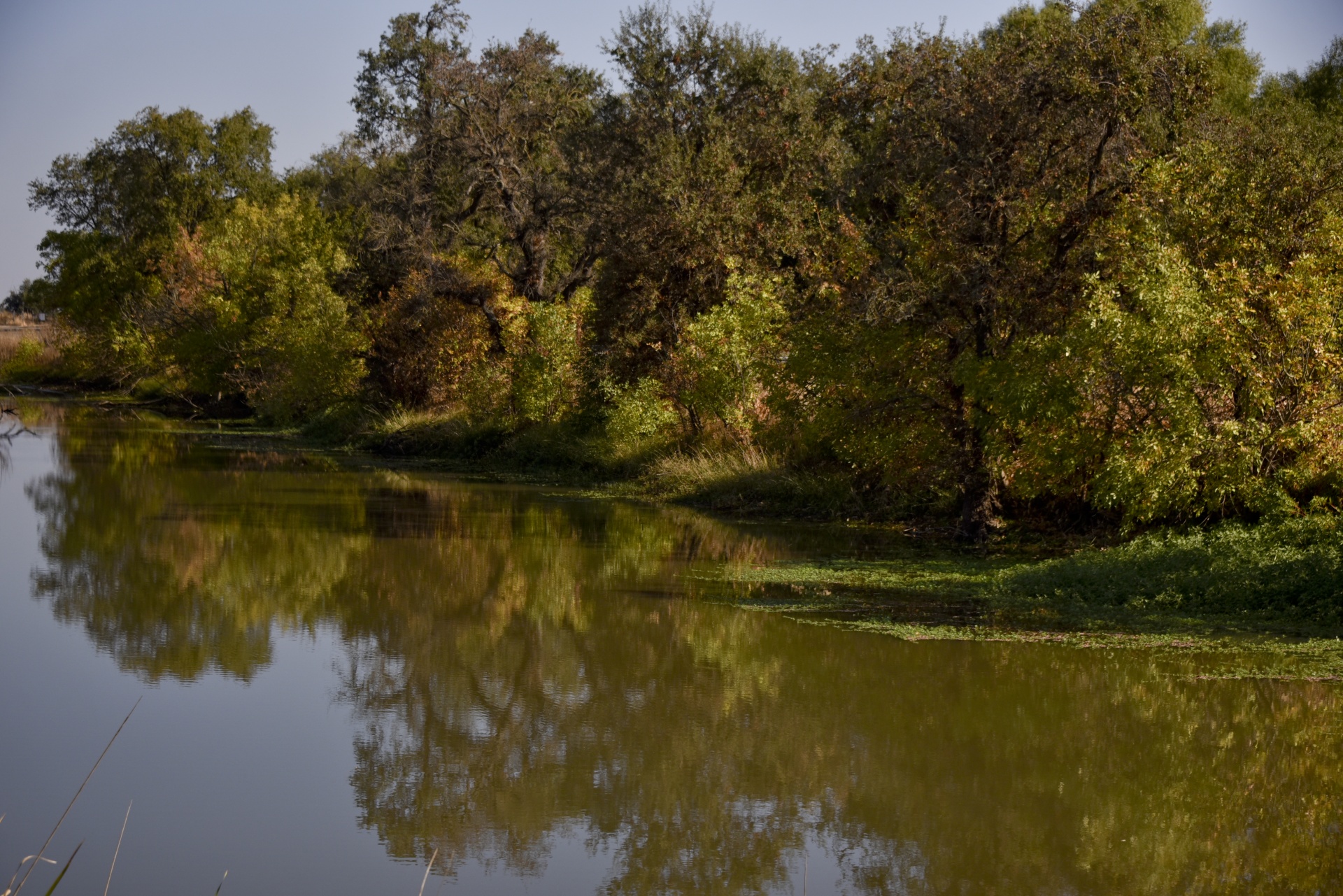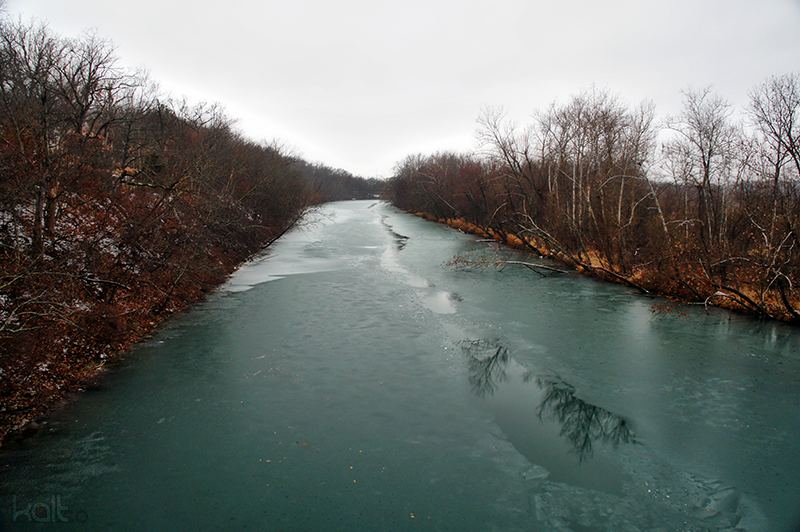Environmental & Science Education
STEM
Culture
Ethics
History of Science
Nature of Science
Technology
Edward Hessler
"It's
alive!" The scene and the words remain one of my all time favorites. The book on which the film was based has had a long shelf life and hold on our imagination.
Mary Wollstonecraft Godwin Shelley's "Frankenstein; or, the Modern Promethesus," was published anonymously on January 1, 1818. It was in 1923 when it was published in France that her name appeared as the author. She started writing it when she was 18 and she was 20 when it was first published.
Arizona State University is serving as the hub celebrating the bicentennial of the writing and publication of Shelly's book, 2016-2018.
According to The Frankenstein Bicentennial Project's website, "No work of literature has done more to shape the way people imagine science and its moral consequences than
Frankenstein; or The Modern Prometheus. Mary Shelley's enduring tale of creation and responsibility. The novel's themes and tropes--such as the complex dynamic between creator and creation--continue to resonate with contemporary audiences. Frankenstein continues to influence the way we confront emerging technologies, conceptualize the process of scientific research, imagine the motivations and ethical struggles of scientists, and weigh the benefits of innovation with its unforeseen pitfalls."
At this
website you can view a trailer for
Frankenstein 200, an interactive, multimedia for kids (of all ages), read
Frankenbook where you can view, discuss and respond to an annotated version of the text by 60 scholars and subject matter experts who annotated the original text, and view, purchase as well as read a PDF of
Frankenstein: Annotated for Scientists, Engineers and Creators of All Kinds (M.I.T. Press).
Frankenstein 200 is being shown at over 50 museums and science centers across the U. S. One of the advisors is the
Bakken Museum, Minneapolis.
The site includes media coverage, too. I've read only one of these and strongly recommend it. The essay is found in The New Yorker Issue, February 12 & 19, 2018 and is titled "It's Still Alive" in the print edition. The edition found under the media coverage is titled "The Strange and Twisted Life of Frankenstein." Don't ask me why. They are the same content.
In her deep dive into Frankenstein, New Yorker writer and Harvard historian,
Jill Lepore notes that the M.I.T. version "is a way to make use of the novel," i.e., as a cautionary tale about science and technology. See, for example, this cover from
The Week (January 26, 2018). Lepore calls attention to one of the M.I.T. edition's footnotes in response to Victor about the creature's murders. "
The remorse Victor expresses is reminiscent of J. Robert Oppenheimer's sentiments when he witnessed the unspeakable power of the atomic bomb....Scientists' responsibility must be engaged before their creations are unleashed."
Lepore points out and discusses many of the moral and political ambiguities of the book, including Shelley's nudging of the "reader's sympathy" for the suffering of the monster. I was interested to learn that on the theatrical playbill listing the cast of the first stage production of "Frankenstein" in 1823 (London) the monster was designated as "-----------." Shelly found this "rather good," a vein Lepore opens and explores.

 CGEE Student Voice
CGEE Student Voice

















